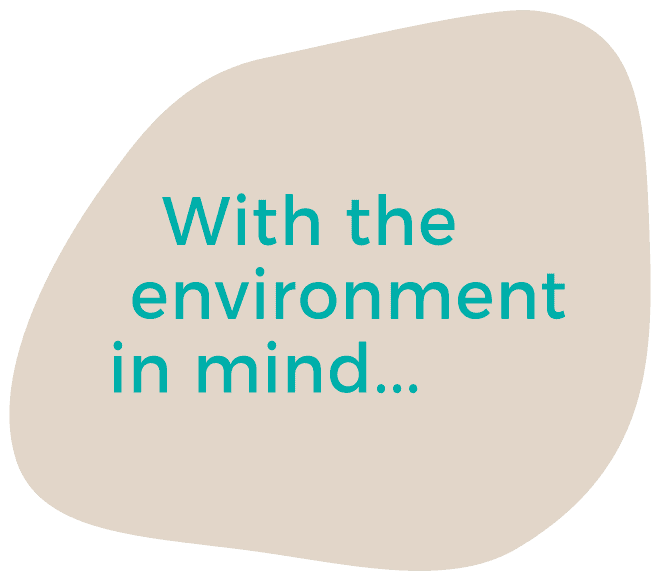Anmasi – Tvättsystem, filtersystem och kemiska produkter
Din expert på helhetslösningar för metallindustrin, plastindustrin, livsmedel och läkemedel.

Anmasi invests in advanced laboratory
When Anmasi starts a new project with a customer, it is naturally with a promise of clean items after they have been through the washing facility.
Anmasi has therefore invested up to DKK 1 million. DKK in a new laboratory where you can measure the cleanliness of the items that the company’s facility washes.
The investment is due to more and more customers meeting high requirements for documentation.
– ISO 16232 and VDA 19.1 are two standards that deal with technical cleanliness after production. We have noticed that more people want that documentation in Denmark, explains Anders Hedeby Sørensen from Anmasi.


Pressure from the industry
As with so many other quality requirements, it is the automotive industry that has driven the development forward.
The requirements today are simply so high because everything in the automotive industry has to be more efficient, i.e. in relation to the fact that we have to have much cleaner fuel engines, and everything is becoming more finely tuned. This means that if, for example, you assemble an engine and there are some particles on each part, we know very well that many small particles become large, and thus the standard has arrived, says Anders Hedeby Sørensen.
The laboratory itself has been established by Anmasi in continuation of the construction of a new domicile in Grindsted. Space was already made for the laboratory during the design process.
Finds small particles
Equipment has now been purchased for the laboratory, which is therefore fully functional.
We have received equipment from Zeiss, where we have bought a large microscope with which we can measure these standards. The purity analysis takes place by the fact that, when we are in the sales process of a washing system, we take out an object, take it into the laboratory and wash it again with a special solvent in a special chamber. The liquid in that chamber smokes down through a special biological membrane filter of 0.65 micron, which they also use in laboratories, explains Anders Hedeby Sørensen.
Then we dry the membrane filter in a laboratory oven, and then we use a sensitive scale and weigh the filter before and after washing. This way we can see how many milligrams of dirt are on the item. Once we’ve done that, we go over to our microscope, insert the membrane filter and run an analysis. That analysis works in such a way that we identify the size of the particles down to 5 microns. Then we go in and tell you which materials they are; whether it is fibres, metal particles or other materials. We do this because the microscope has built-in light. When we run the analysis, we shine down on the particles, and the light causes the metal to reflect, after which we run an analysis without light to identify the other particles. Afterwards, the microscope automatically generates a report according to the standard we have chosen, he continues.
Must follow up with customers
Anders Hedeby Sørensen explains that this is equipment that is normally only found at very large companies with their own quality laboratory.
I am fairly certain that we are the first in our industry in Scandinavia to have this, and it is an investment we are making to make it better and be able to keep up with our customers. One of our large customers, for example, has had that equipment for many years, and they have demanded that our plant meet these requirements. We have to be on the same level as our big customers, says Anders Hedeby Sørensen.
But in addition to that, we also use the equipment so that if you have a small machine factory, we can offer to do the analysis and document that their washing plant washes according to the requirements of their customers, he concludes.


